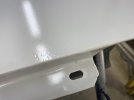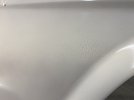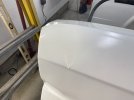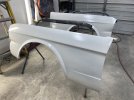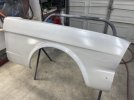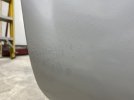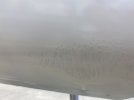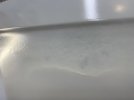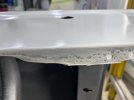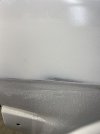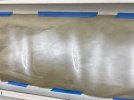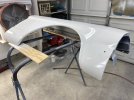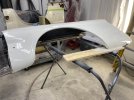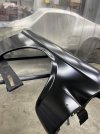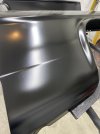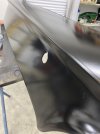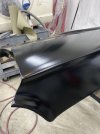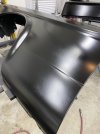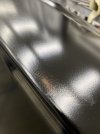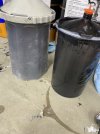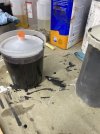I put white epoxy on some fenders tonight. Due to some spidering on the initial coat, I didn’t get two “clean” coats.
I ended up kind of hosing it on once it got tacky to get coverage. Ended up with some runs, and some spots that are still spidered. Wondering when I can do another coat to cover the spidered spots that didn’t get completely covered.
I ended up kind of hosing it on once it got tacky to get coverage. Ended up with some runs, and some spots that are still spidered. Wondering when I can do another coat to cover the spidered spots that didn’t get completely covered.

